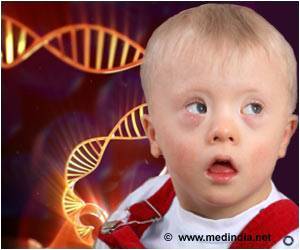New library of 23 new lines of human pluripotent stem cells (hPSCs) with different levels of admixed European, African and Native American genomic ancestry.

TOP INSIGHT
New human pluripotent stem cells lines are derived from individuals of the Brazilian population -- with European, African and Native American genomic ancestry; they can be used for testing drug toxicity and for studying differential drug response.
It was possible to determine the ancestry for specific physical locations in the genome of the cells. The investigations targeted the genes belonging to the Cytochrome P450 Family (CYP), known for its role in drug metabolism. They found high heterogeneity of ancestry among the hPSC lines.
Besides the genomic ancestry analysis, the scientists also evaluated the cell lines pluripotency. They were successfully differentiated in vitro into tissues from the three embryonic germ layers.
Response to drugs and mechanisms of diseases
The response to drugs can vary from population to population and even between specific groups of people, making it very expansive to test a potential new drug among different populations across the world before approving it for use. In the paper, the researchers suggest that "collections of hPSCs with different genetic backgrounds must be used to dissect the molecular basis and to develop cell based assays of differential drug toxicity and efficacy."
Another interesting purpose is to study cellular and molecular process of diseases like mental disorders, coronary heart disease, diabetes and hypertension. The blood samples from the ELSA-Brasil cohort study are connected to the clinical data of the participants. There can be generated cells from specific tissues of patients with diabetes, or even from the 11% drug-resistant patients with hypertension, as examples.
Source-Eurekalert
 MEDINDIA
MEDINDIA




 Email
Email









